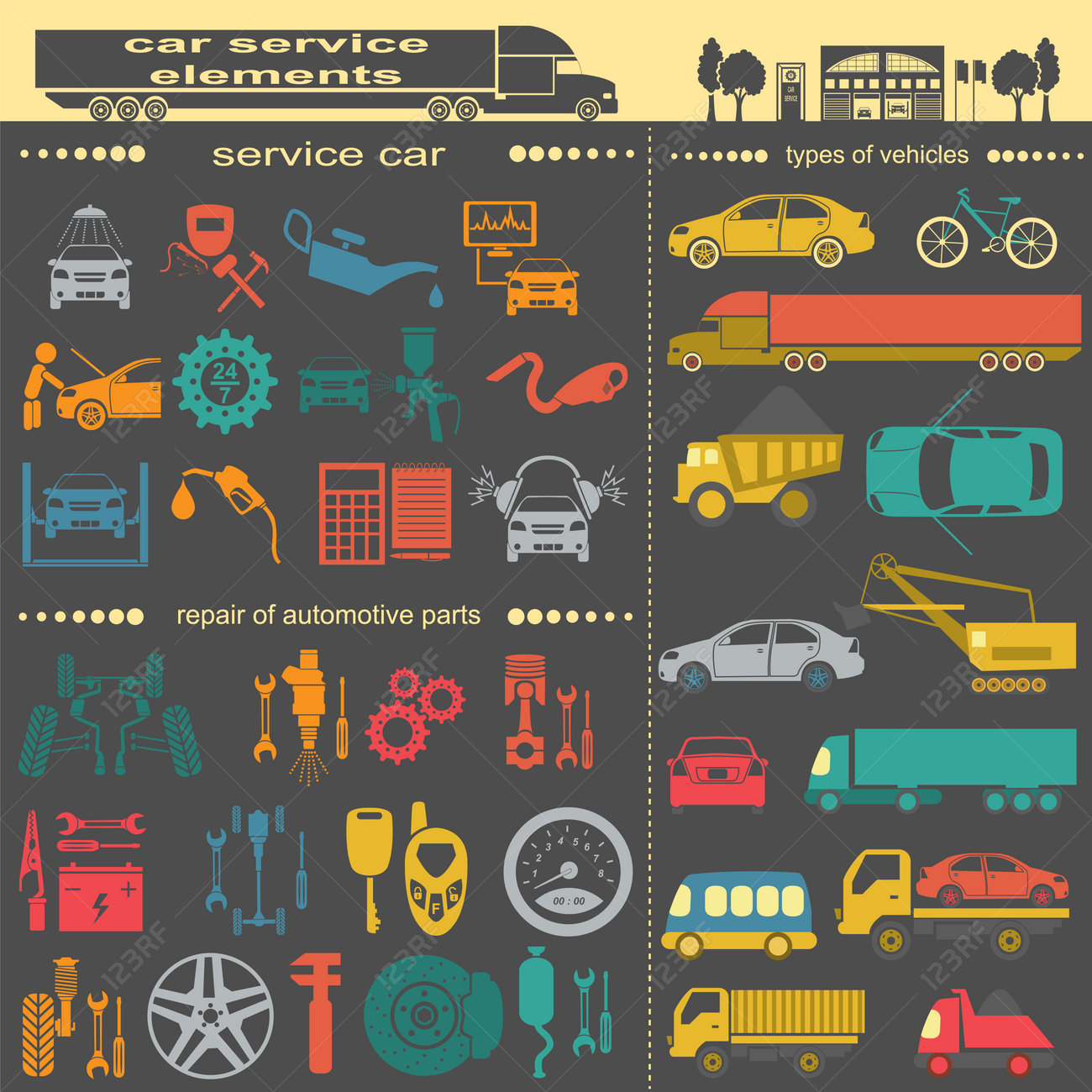Examining Your Automobile'S Warning Indicators: What They Actually Communicate
Examining Your Automobile'S Warning Indicators: What They Actually Communicate
Blog Article
Material Writer-Hartley Gilbert
When you're behind the wheel, those radiant warning lights on your control panel can be a bit difficult. Do you recognize what they're trying to inform you regarding your cars and truck's wellness? Recognizing the significance of these lights is important for your security and the longevity of your vehicle. So, the following time one of those lights appears, would not you want to understand its message properly and take the required steps to address it?
Common Caution Lighting and Interpretations
Determine common caution lights in your cars and truck and recognize their meanings to make sure safe driving.
One of the most regular caution lights include the check engine light, which indicates concerns with the engine or emissions system. If this light comes on, it's important to have your lorry examined immediately.
The oil stress advising light indicates low oil pressure, calling for immediate focus to avoid engine damage.
A flashing battery light might suggest a damaged charging system, possibly leaving you stranded if not attended to.
The tire pressure monitoring system (TPMS) light signals you to reduced tire pressure, influencing automobile security and gas effectiveness. Overlooking this could bring about hazardous driving problems.
The ABS light suggests a trouble with the anti-lock stopping system, compromising your capacity to stop promptly in emergencies.
Last but not least, the coolant temperature alerting light warns of engine overheating, which can lead to severe damages if not settled swiftly.
Comprehending these typical warning lights will help you address problems immediately and maintain secure driving problems.
Value of Prompt Attention
Recognizing the common warning lights in your vehicle is only the initial step; the significance of promptly dealing with these cautions can't be highlighted sufficient to ensure your safety and security when traveling.
When please click the following internet page illuminates on your dashboard, it's your car's means of interacting a prospective issue that requires interest. Disregarding these cautions can bring about more serious issues in the future, endangering your safety and security and possibly costing you much more in repairs.
Trigger attention to cautioning lights can avoid breakdowns and mishaps. For example, a blinking check engine light could indicate a misfire that, if left ignored, could create damages to the catalytic converter. Resolving this without delay can save you from a costly repair work.
Similarly, a brake system cautioning light may signify reduced brake fluid or used brake pads, important parts for your safety and security when driving.
DIY Troubleshooting Tips
If you see a caution light on your control panel, there are a couple of do it yourself troubleshooting ideas you can attempt before seeking professional help.
The initial step is to consult your vehicle's handbook to recognize what the specific caution light suggests. Occasionally the issue can be as straightforward as a loose gas cap setting off the check engine light. Tightening up the gas cap might deal with the problem.
Another typical issue is a reduced battery, which can set off various alerting lights. Inspecting the battery connections for deterioration and guaranteeing they're protected might deal with the trouble.
If a warning light lingers, you can try resetting it by separating the automobile's battery for a few mins and afterwards reconnecting it. Furthermore, inspecting your automobile's fluid levels, such as oil, coolant, and brake liquid, can assist troubleshoot advising lights connected to these systems.
Conclusion
To conclude, recognizing your auto's caution lights is crucial for keeping your vehicle running smoothly and safely. By immediately dealing with these alerts and understanding what they suggest, you can stay clear of costly fixings and prospective breakdowns.
Bear in mind to consult your automobile's manual for specific details on each alerting light and take action accordingly to make certain a hassle-free driving experience.
Remain informed, remain Read Home -free when driving!
